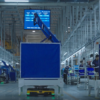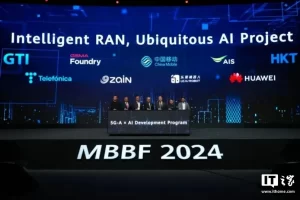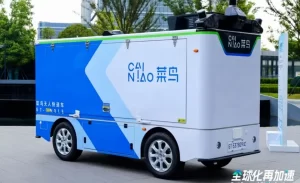AGV Demand in the Photovoltaic Market Expected to Drop by Over 50%
According to statistics from the New Strategic Mobile Robot Industry Research Institute, in 2023, sales of AGVs in the photovoltaic sector in the Chinese market exceeded 20,000 units, with sales accounting for more than 16% of the overall market, surpassing the automotive industry for the first time and becoming the largest market for mobile robot applications. After experiencing explosive growth in 2023, the demand for AGVs in the photovoltaic sector is expected to significantly decline in 2024 due to the increasingly prominent issue of overcapacity in the industry.
In the first half of 2024, the growth rate of the photovoltaic industry capacity has noticeably slowed. According to industry insiders, the entire photovoltaic supply chain is facing a severe situation, with research indicating that over 20 photovoltaic projects have been terminated, suspended, or delayed in the first half of the year. The overall industry operating rate has dropped to a recent low.
Shi Bin, Vice President of Solutions of HuaRay Technology, stated, “80% of the photovoltaic industry’s demand for AGVs is in the cell scenario. This application only truly exploded last year, but for the cell scenario alone this year, the pace of new factory construction has already slowed significantly. Many cross-industry enterprises have canceled their original factory plans, which has led to a slowdown in overall demand for mobile robots in the photovoltaic sector.”
A representative from a leading AGV manufacturer in the photovoltaic industry also mentioned that, with strong government support and a rush of capital, the photovoltaic industry has experienced a wave of expansion in recent years. This trend has largely accelerated the rise of the sector but has also, to some extent, disrupted the market’s supply and demand balance, resulting in the current overcapacity dilemma. Various segments of the photovoltaic supply chain are now facing severe profit pressure and challenges.
How Should Mobile Robot Companies Respond to the Decline in Domestic Demand?
As one of the important application areas for mobile robots, the decline in demand in the photovoltaic industry has directly impacted the overall sales of mobile robots. For companies, adjusting strategies to address the drop in demand in the photovoltaic sector has become a pressing issue.
Ren Chaofeng, Marketing Director of Hangcha Intelligent, explained that this year Hangcha’s strategy in the photovoltaic industry is to focus on nurturing and maintaining: “This year, there are fewer large projects in the industry as many factory production lines have been halted. However, there are still some projects, such as factory relocations or projects with reduced but still present budgets. The changes in market demand are beyond our control; what we can do is to ensure we make high-quality products and provide customers with more cost-effective solutions.”
Shi Bin mentioned that, although the overall sales of mobile robots in the photovoltaic industry did not meet expectations, HuaRay still achieved some significant project breakthroughs with major clients in the first half of the year, and there are also some projects accumulated from the end of last year. The downturn in the photovoltaic industry may persist until next year or even longer, mainly due to technological updates in the photovoltaic industry and the domestic and international situation. Without domestic demand to drive growth, the photovoltaic industry may experience a short-term decline, coupled with technological iteration, which is considered a transitional period.
Ren Chaofeng believes that competition not aligned with market rules is a significant challenge for companies in terms of delivery, acceptance, and cash flow, potentially jeopardizing the company’s future. “Especially in non-standard industries like AGVs, some projects are difficult to implement. We need to find a balance between technological innovation and scenario adaptation. AGV-related technology is continually evolving, so we are focusing more on driving market applications through technological advancements.”
With Domestic Market Demand Declining, Overseas Markets Become the Focus for Companies
Although the sharp decline in demand in the photovoltaic industry in the first half of the year has had a certain impact on the overall growth of mobile robot companies, this impact is relatively weaker for some companies with diversified industry layouts. Hangcha Intelligent, for example, achieved high-speed growth in its overall business in the first half of the year. This growth mainly came from industries where it has long been established, such as tire and rubber, food and beverage, alcoholic beverages, and pharmaceuticals.
In addition, Hangcha Intelligent’s mobile robot products primarily consist of unmanned forklifts. As unmanned forklifts serve as substitutes for manual forklifts, their market demand has gradually increased over the past two years. Meanwhile, some mobile robot companies with a concentrated industry focus have also started to aggressively explore new markets to reduce their reliance on a single market and find new performance growth points. In addition to diversifying into multiple industries, expanding into overseas markets has become one of the main ways for mobile robot companies to seek new growth opportunities.
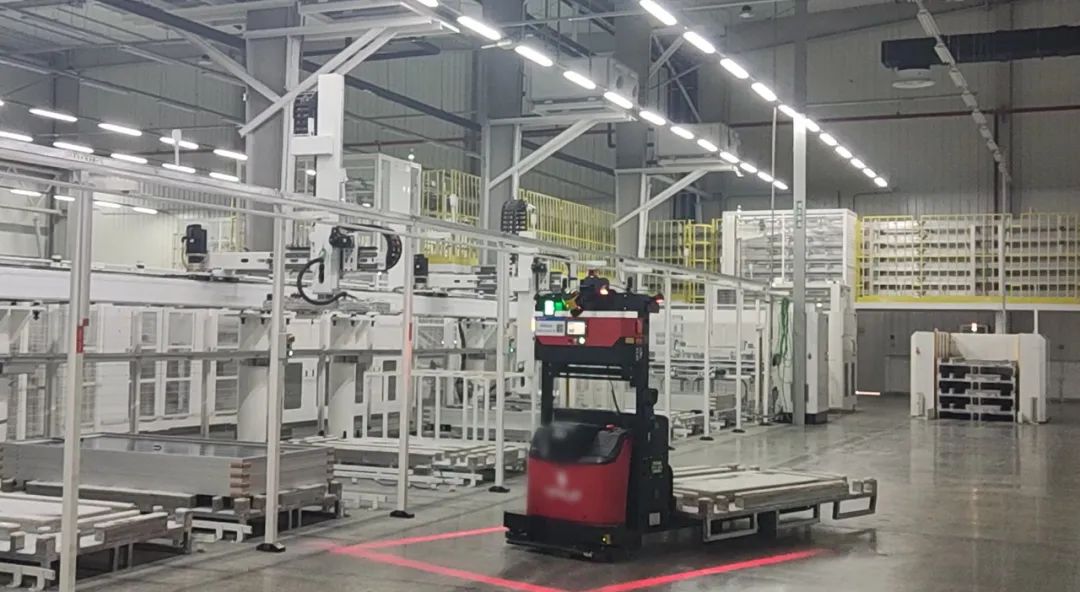
Hangcha Intelligent’s Unmanned Forklifts Applied in a Photovoltaic Company’s Workshop
In 2024, the process of Chinese mobile robot companies expanding overseas has accelerated further. Many companies are focusing on international markets, actively participating in overseas exhibitions, and expanding their overseas sales channels. For HuaRay Technology, continuously deepening its overseas market layout through partnerships with integrators and following domestic end customers abroad has been a key focus in recent years, continually broadening its overseas channels.
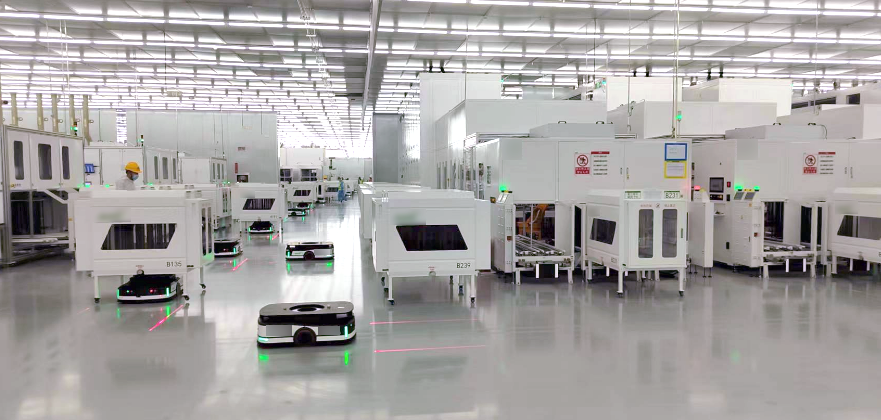
HuaRay Technology’s Intelligent Handling Project for a Photovoltaic Company
Conclusion: Considering various factors, the demand for AGVs in the photovoltaic industry is expected to remain low in the short term. However, in the medium to long term, with industry consolidation, technological innovation, policy support, and increasing market demand, the demand for AGVs in the photovoltaic sector is likely to gradually recover. For AGV companies, it is crucial to recognize that every industry has its cyclical nature. In the face of cyclical fluctuations that may occur in the photovoltaic industry or any other sector, enhancing the ability to withstand risks is essential.


